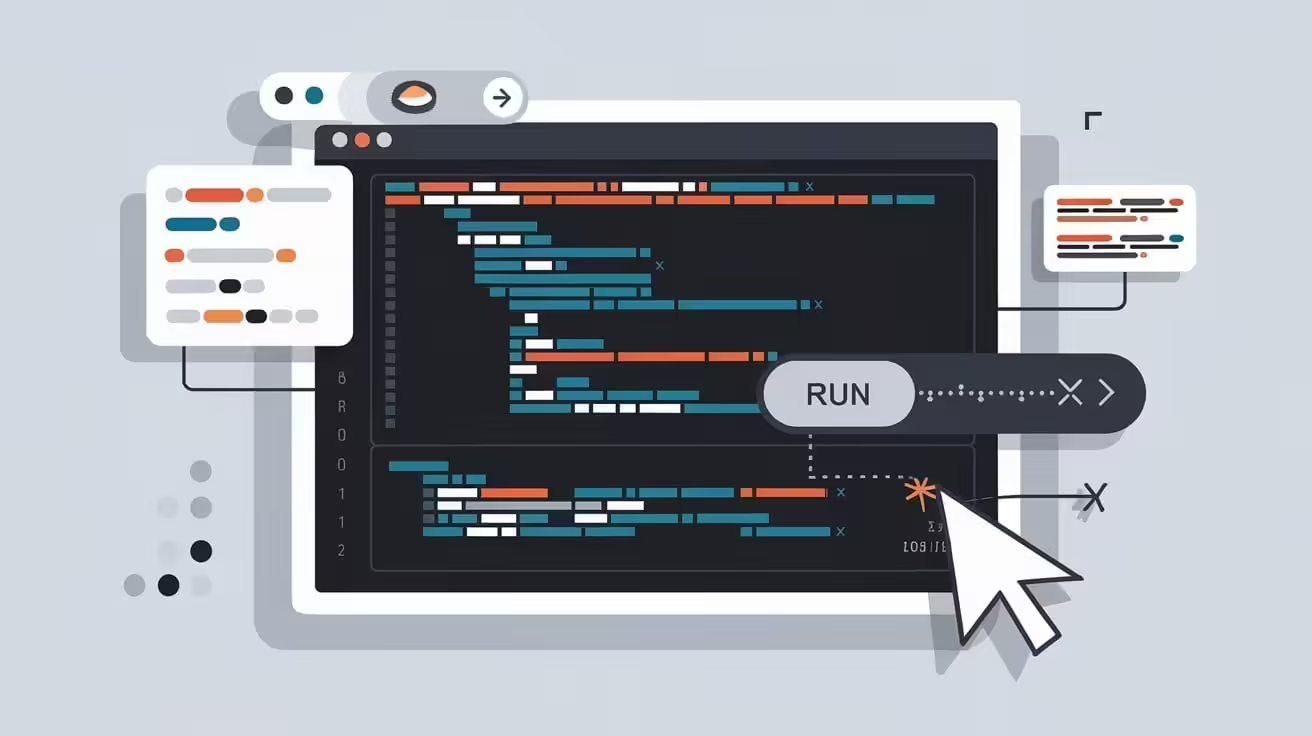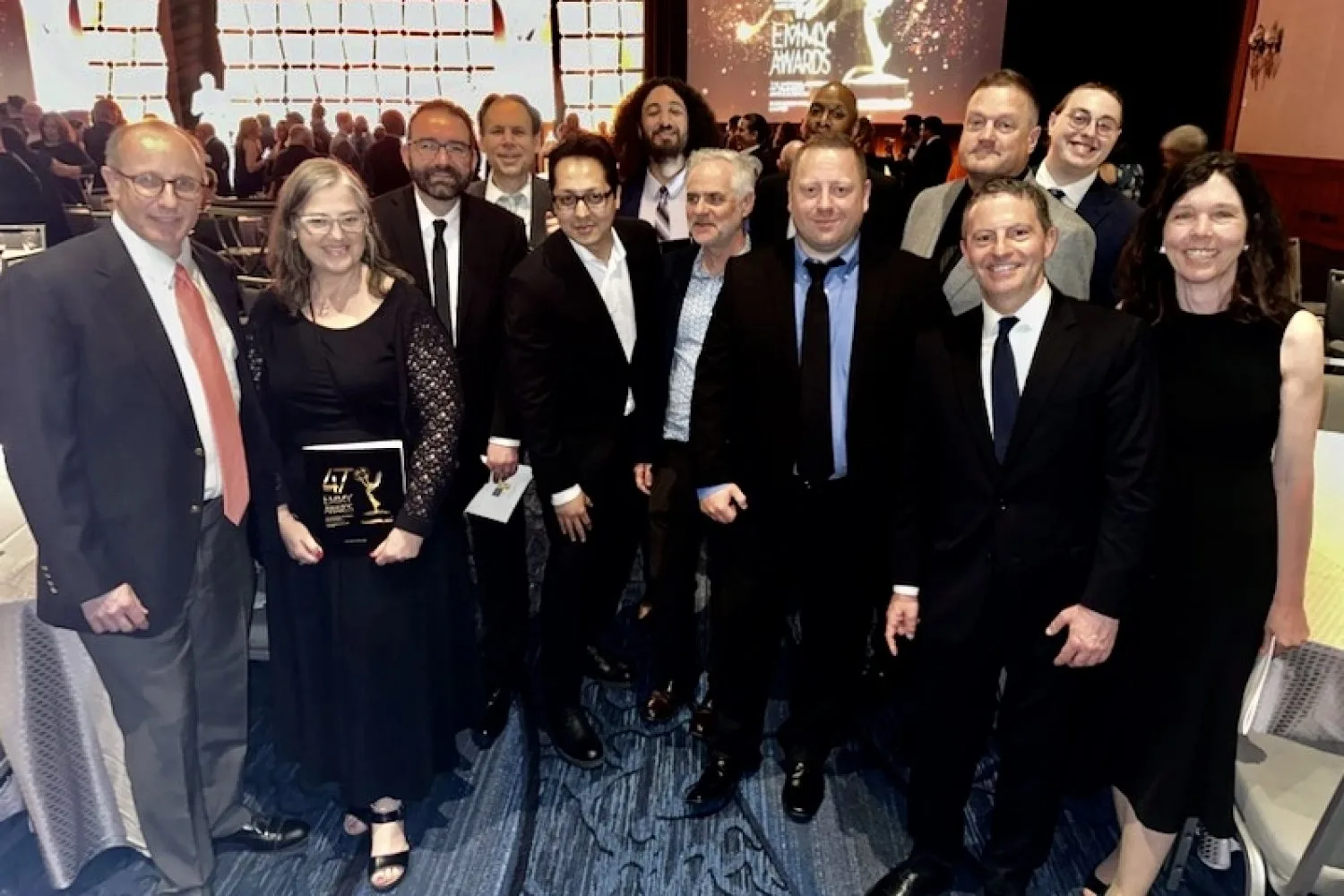How to Use R for Text Mining
Image by the Editor | Ideogram
Text mining is a powerful technique for extracting valuable insights from large volumes of text. R is a highly effective tool for text mining due to its extensive range of packages specifically designed for this purpose. These packages assist in cleaning, analyzing, and visualizing text data.
Installing and Loading R Packages
To get started, you need to install the necessary packages in R. This can be done using simple commands. Here are some essential packages to consider:
- tm (Text Mining): Provides tools for text preprocessing and mining.
- textclean: Used for cleaning and preparing data for analysis.
- wordcloud: Generates word cloud visualizations from text data.
- SnowballC: Offers tools for stemming (reducing words to their root forms).
- ggplot2: A widely-used package for creating data visualizations.
Install these packages using the following commands:
install.packages("tm")<br /> install.packages("textclean")<br /> install.packages("wordcloud")<br /> install.packages("SnowballC")<br /> install.packages("ggplot2")<br /> ```<br /> <br /> After installation, load them into your R session:<br /> <br /> ```r<br /> library(tm)<br /> library(textclean)<br /> library(wordcloud)<br /> library(SnowballC)<br /> library(ggplot2)<br /> ```<br /> <br /> ## Data Collection<br /> <br /> Text mining requires raw text data. Here's how you can import a CSV file into R:<br /> <br /> ```r<br /> # Read the CSV file<br /> text_data <- read.csv("IMDB_dataset.csv", stringsAsFactors = FALSE)<br /> <br /> # Extract the column containing the text<br /> text_column <- text_data$review<br /> <br /> # Create a corpus from the text column<br /> corpus <- Corpus(VectorSource(text_column))<br /> <br /> # Display the first line of the corpus<br /> corpus[[1]]$content<br /> ```<br /> <br /> <br /> <br /> ## Text Preprocessing<br /> <br /> Raw text needs to be cleaned before analysis. This involves converting text to lowercase, removing punctuation and numbers, eliminating common stopwords, stemming words to their base forms, and cleaning up extra whitespace. Here's a typical preprocessing pipeline in R:<br /> <br /> ```r<br /> # Convert text to lowercase<br /> corpus <- tm_map(corpus, content_transformer(tolower))<br /> <br /> # Remove punctuation<br /> corpus <- tm_map(corpus, removePunctuation)<br /> <br /> # Remove numbers<br /> corpus <- tm_map(corpus, removeNumbers)<br /> <br /> # Remove stopwords<br /> corpus <- tm_map(corpus, removeWords, stopwords("english"))<br /> <br /> # Stem words<br /> corpus <- tm_map(corpus, stemDocument)<br /> <br /> # Remove white space<br /> corpus <- tm_map(corpus, stripWhitespace)<br /> <br /> # Display the first line of the preprocessed corpus<br /> corpus[[1]]$content<br /> ```<br /> <br /> <br /> <br /> ## Creating a Document-Term Matrix (DTM)<br /> <br /> After preprocessing, create a Document-Term Matrix (DTM), which is a table that counts the frequency of terms in the text.<br /> <br /> ```r<br /> # Create Document-Term Matrix<br /> dtm <- DocumentTermMatrix(corpus)<br /> <br /> # View matrix summary<br /> inspect(dtm)<br /> ```<br /> <br /> <br /> <br /> ## Visualizing Results<br /> <br /> Visualization helps in understanding the results better. Word clouds and bar charts are popular methods for visualizing text data.<br /> <br /> ### Word Cloud<br /> <br /> A word cloud is a popular way to visualize word frequency, displaying the most frequent words in large fonts.<br /> <br /> ```r<br /> # Convert DTM to matrix<br /> dtm_matrix <- as.matrix(dtm)<br /> <br /> # Get word frequencies<br /> word_freq <- sort(colSums(dtm_matrix), decreasing = TRUE)<br /> <br /> # Create word cloud<br /> wordcloud(names(word_freq), freq = word_freq, min.freq = 5, colors = brewer.pal(8, "Dark2"), random.order = FALSE)<br /> ```<br /> <br /> <br /> <br /> ### Bar Chart<br /> <br /> Once you have the DTM, you can visualize word frequencies in a bar chart, showing the most commonly used terms.<br /> <br /> ```r<br /> library(ggplot2)<br /> <br /> # Get word frequencies<br /> word_freq <- sort(colSums(as.matrix(dtm)), decreasing = TRUE)<br /> <br /> # Convert word frequencies to a data frame for plotting<br /> word_freq_df <- data.frame(term = names(word_freq), freq = word_freq)<br /> <br /> # Sort the word frequency data frame by frequency in descending order<br /> word_freq_df_sorted <- word_freq_df[order(-word_freq_df$freq), ]<br /> <br /> # Filter for the top 5 most frequent words<br /> top_words <- head(word_freq_df_sorted, 5)<br /> <br /> # Create a bar chart of the top words<br /> ggplot(top_words, aes(x = reorder(term, -freq), y = freq)) +<br /> geom_bar(stat = "identity", fill = "steelblue") +<br /> coord_flip() +<br /> theme_minimal() +<br /> labs(title = "Top 5 Word Frequencies", x = "Terms", y = "Frequency")<br /> ```<br /> <br /> <br /> <br /> ## Topic Modeling with LDA<br /> <br /> Latent Dirichlet Allocation (LDA) is a common technique for topic modeling, identifying hidden topics in large text datasets. The `topicmodels` package in R facilitates the use of LDA.<br /> <br /> ```r<br /> library(topicmodels)<br /> <br /> # Create a document-term matrix<br /> dtm <- DocumentTermMatrix(corpus)<br /> <br /> # Apply LDA<br /> lda_model <- LDA(dtm, k = 5)<br /> <br /> # View topics<br /> topics <- terms(lda_model, 10)<br /> <br /> # Display the topics<br /> print(topics)<br /> ```<br /> <br /> <br /> <br /> ## Conclusion<br /> <br /> Text mining is a powerful way to extract insights from text. R provides numerous tools and packages to facilitate this process. You can easily clean and prepare your text data, analyze it, and visualize the results. Additionally, you can explore hidden topics using methods like LDA. Overall, R simplifies the task of extracting valuable information from text.<br /> <br /> **Jayita Gulati** is a machine learning enthusiast and technical writer passionate about building machine learning models. She holds a Master's degree in Computer Science from the University of Liverpool.<br /> <br /> ### Our Top 3 Partner Recommendations<br /> <br /> 1. [Best VPN for Engineers – 3 Months Free](https://go.expressvpn.com/c/359203/1462856/16063?subId1=kdntop) - Stay safe online with a free trial.<br /> 2. [Best Project Management Tool for Tech Teams](https://try.monday.com/a9o3iv7bs8g2?sid=KDTOP) - Boost your team's efficiency today.<br /> 3. [Best Password Management Tool for Tech Teams](https://keepersecurity.partnerlinks.io/xosnelbf35px-1yt2lb) - Zero trust and zero knowledge security.



